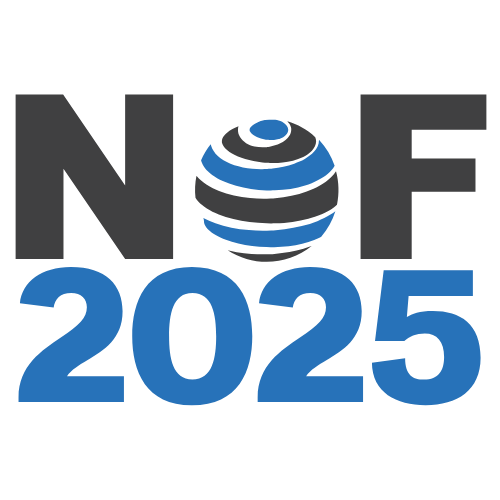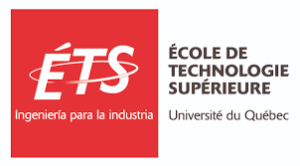Tutorials
Tutorial #1: Integrated Terrestrial and Non-Terrestrial Vehicular Networks: Technologies, Architectures, and Protocols for Future Mobility
Duration: 3 hours
Abstract: The convergence of terrestrial and non-terrestrial networks (TNTNs) is a primordial milestone in the design of future vehicular communication systems to revolutionize future mobility, enabling seamless and ubiquitous connectivity for vehicular users. As connected and autonomous vehicles (CAVs), drones, urban air mobility (UAMs) and smart transportation systems evolve, there is a growing need for seamless, low-latency, and resilient connectivity across ground, aerial, and satellite domains.
In this context, this tutorial aims to explore underlying technologies, architectural frameworks, and communication protocols aspects enabling Integrated Terrestrial and Non-Terrestrial Vehicular Networks to support future mobility needs. The tutorial covers motivation and background, including challenges in terrestrial-only V2X (e.g., coverage gaps, mobility management, and service continuity) especially for CAVs. It provides attendees with a comprehensive understanding of the key enabling technologies such as LEO satellite communications, high-altitude platforms (HAPs), UAV-based relays, 6G, Open RAN, and edge/fog computing that drive the integration of space-air-ground infrastructures, alongside the architectural considerations for their seamless convergence. Special attention will be paid to UAM and aerial vehicular systems, which present unique challenges in terms of high-mobility connectivity, 3D trajectory management, and vertical handovers. Besides that, this tutorial will review standardization efforts in 3GPP (Release 17/18), ETSI, and IEEE, and conclude with research challenges, ongoing testbeds, and potential deployment use cases in smart cities, disaster recovery, and rural coverage.
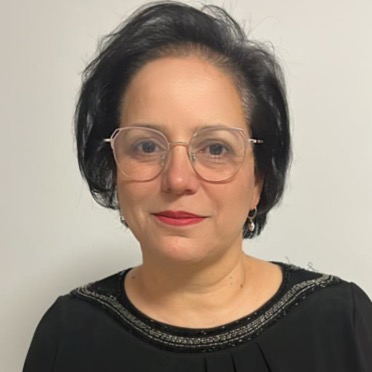
Lamia Chaari Fourati
(Sfax University, Tunisia)
Bio: Lamia Chaari Fourati is Professor at the Computer Science and Multimedia Higher Institute at Sfax University, Tunisia, and as a researcher at the Digital Research Center of Sfax (CRNS), where she leads a research team at the Laboratory of Signals, Systems, Artificial Intelligence, and Networks (SM@RTS). Her research spans digital telecommunication networks, 5G/6G, IoT, cybersecurity, and artificial intelligence, with a focus on emerging technologies like unmanned aerial vehicles (UAVs) and Space Air-Ground Integrated Networks (SAGIN). She is actively engaged in applying generative AI and large language models toward public safety and other innovative applications. She obtained several awards, including the African Union Kwame Nkrumah Regional Scientific Award for Women, 2016.
Tutorial #2: Reinforcement Learning vs. Metaheuristics for Adaptive Orchestration in the Cloud Continuum
Duration: 1.5 hours
Abstract: The orchestration of resources and services across the cloud continuum from the edge up to the cloud poses complex challenges due to its dynamic, distributed, and heterogeneous nature. In response, researchers have proposed a range of optimization methodologies, prominently including Reinforcement Learning (RL) and metaheuristic algorithms. However, a systematic comparison of these various approaches under a unified orchestration context remains largely unexplored.
This tutorial presents a comprehensive study of RL and metaheuristic approaches for representative orchestration tasks such as resource allocation and scheduling in the Cloud Continuum. During the tutorial, the speakers will present single- and multi-objective methodologies capable of addressing competitive requirements such as deployment costs, latency, and reliability in a complex ecosystem of heterogeneous and distributed cloud infrastructures. Instead of proposing only linearization techniques to balance the different objectives with different weights, the tutorial will focus on methodologies that can visualize the trade-offs among the multiple objectives, i.e., the Pareto Front (PF) of possible solutions for the deployment actions. Such techniques are timely and interesting for the network and service management research community, for both academia and industry partners. The discussed approaches can be applied to various network and service management problems currently being tackled by the Network of the Future (NoF) community.
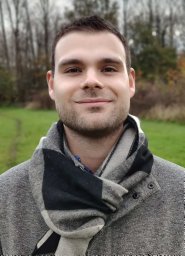
José Santos
(Ghent University – imec, Belgium)
Bio: José Santos obtained his M.Sc. degree in Electrical and Computers Engineering in 2015 from the University of Porto, Portugal. He completed his doctoral studies at Ghent University in 2022. He is currently a Postdoctoral Researcher in the IDLab Research Group at Ghent University – imec, Belgium. His research interests include Cloud Computing, the Internet of Things (IoT), Container Scheduling and Auto-scaling, Service Function Chaining, and Reinforcement Learning. His work has been published in more than 35 scientific publications. He received the imec Ph.D. Excellence Award in 2022, the Best Dissertation Award at NOMS 2023, and two IBM innovation awards in 2023 based on the research conducted during his Ph.D.
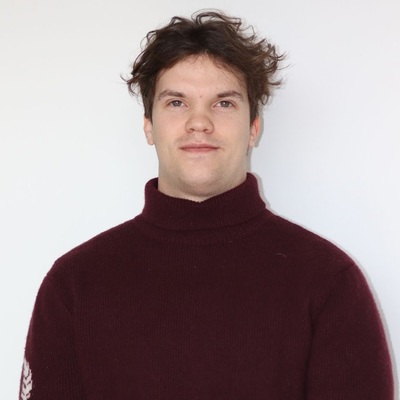
Mattia Zaccarini
(University of Ferrara, Italy)
Bio: Mattia Zaccarini received his M.Sc. Degree in Computer and Automation Engineering from the University of Ferrara, Italy, in 2022. In the same year, he joined the interdepartmental Distributed System Research Group, led by Prof. Cesare Stefanelli. He is currently a Ph.D. Student in the University of Ferrara, where is also part of the Big Data and Compute Continuum Research Lab, led by Prof. Mauro Tortonesi. His main research interests include Compute Continuum, Digital Twins, and optimization techniques applied in resource management and service orchestration. He was awarded with international recognitions, such as the 2023 CNSM Best Paper Award and 2024 CNOM Best Paper Award. As part of his research career, he is currently a visiting Ph.D. at the Internet Technology and Data Science Lab (IDLab) Research Group at Ghent University.
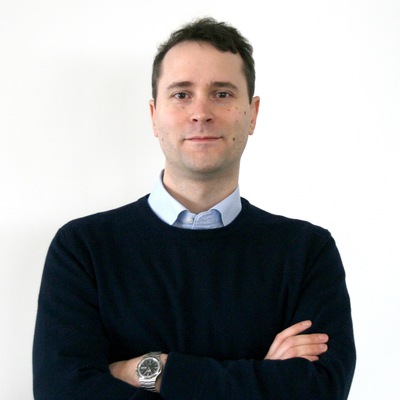
Filippo Poltronieri
(University of Ferrara, Italy)
Bio: Filippo Poltronieri received a Ph.D. degree from the University of Ferrara, Italy, in 2021. He joined the interdepartmental Distributed System Research Group , led by Prof. Cesare Stefanelli in 2017. He is currently an Assistant Professor (RTD-A) at the Department of Engineering of the University of Ferrara, where he teaches in the “Operating and Computer Networks” and the ”Distributed Systems” courses. His research interests include Distributed Systems, Compute Continuum, Digital Twins, and Tactical Networks. His co-authored publications were awarded with international recognitions, such as the 2020 NOMS Best Student Paper Award, the 2023 CNSM Best Paper Award, and the 2024 CNOM Best Paper Award. As part of his research career, he has been visiting the Florida Institute for Human & Machine Cognition (IHMC) in Pensacola, FL (USA) in 2016-2017 and 2018.
Tutorial #3: Future-Proofing 6G: A Path to Quantum-Resilient Communications
Duration: 1.5 hours
Abstract: This tutorial focuses on the convergence of quantum threats in the domain of 6G networks. It aims to provide an in-depth study of this convergence, starting with background information on quantum attacks, post-quantum cryptography, and quantum key distribution. It explores its execution to 6G networks and their quantum-based threats. The tutorial includes a step-by-step demonstration of two demos to illustrate the practical implementation of these concepts. The tutorial is designed for participants with no prerequisite knowledge and aims to introduce them to the application of post-quantum cryptography and quantum key distribution to protect the 6G networks. As this topic is gaining significance and relevance in the telecommunications industry, the tutorial offers attendees the opportunity to learn about cutting-edge security issues for 6G networks and their specific applications from the cybersecurity perspective.

Engin Zeydan
(CTTC, Spain)
Bio: Engin Zeydan received a PhD degree in February 2011 from the Department of Electrical and Computer Engineering at Stevens Institute of Technology, Hoboken, NJ, USA. Since November 2018, he has been with the Services as Networks (SaS) Research Unit of the CTTC, Barcelona, Spain, working as a Senior Researcher. He was a part-time instructor at Electrical and Electronics Engineering department of Ozyegin University Istanbul, Turkey between January 2015 and June 2018. His research areas include data engineering/science for telecommunication networks and network security.
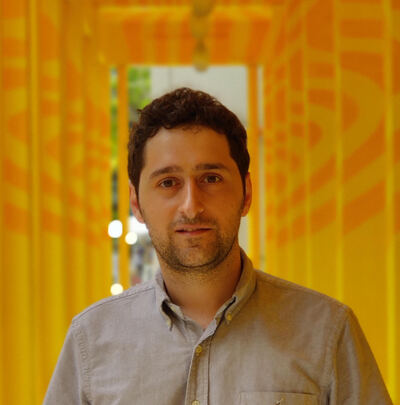
Abdullah Aydeger
(Floria Institute of Technology (FIT), USA)
Bio: Abdullah Aydeger is currently an assistant professor at the Electrical Engineering and Computer Science Department at Floria Institute of Technology (FIT). Prior to joining FIT in 2022, he was an assistant professor at the School of Computing at Southern Illinois University, Carbondale, since 2020. He obtained a Ph.D. Degree in Computer and Electrical Engineering from Florida International University in 2020. His research interests are post-quantum cryptography, network security, and virtualization.
Tutorial #4: Flying into the Future: From Legacy Networks to FANET Orchestration in the 6G Era
Duration: 3 hours
Abstract: This tutorial provides a comprehensive overview of the evolution of the concept of network orchestration over the past decades. It has two objectives: first, to provide a historical and conceptual overview of the technological advancements that have shaped the shift from traditional network management to advanced orchestration of modern networks; the second is to demonstrate how applying these orchestration techniques to Flying Ad Hoc Networks (FANETs) can significantly enhance 5G/6G connectivity and edge computing across diverse environments, from urban to remote or extreme scenarios. By leveraging the agility of FANETs, networks gain the ability to dynamically reconfigure in real time, better meeting the evolving demands of users and operators. Achieving this requires sophisticated orchestration frameworks, including the adoption of Artificial Intelligence for decision-making and resource optimization.
The tutorial is therefore structured into two parts. It begins with a comprehensive overview of Network Softwarization and orchestration, tracing the evolution of network architectures through virtualization, cloud-native paradigms, and increasing programmability. It emphasizes orchestration as a central mechanism for automating service delivery and optimizing resource management. The second part shifts focus to FANETs as pivotal enablers of 6G, examining their capacity to extend communications and computing to remote or constrained environments. This section addresses practical challenges such as energy efficiency, service placement, and AI-driven data offloading, supported by real-world use cases and the integration of Digital Twin.
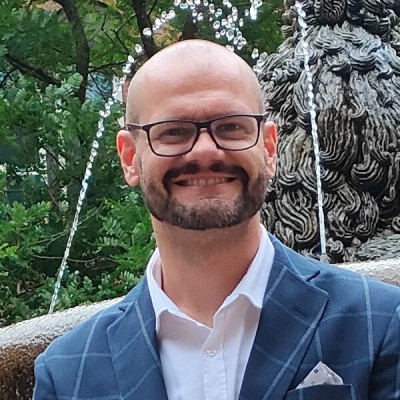
Gianluca Davoli
(University of Bologna, Italy)
Bio: Gianluca Davoli is an Assistant Professor at the University of Bologna, Italy, where he also received his Master Degree in Telecommunication Engineering in 2017 and his PhD Degree in Electronics, Telecommunication, and Information Technology Engineering in 2021. He was a Visiting Scholar and a Visiting Professor at Saint Louis University, USA, in 2019 and 2024, respectively. His research work revolves around multiple aspects of softwarization in communication infrastructures, including service orchestration over the Cloud continuum, with a focus on the (far and near) Edge segment.
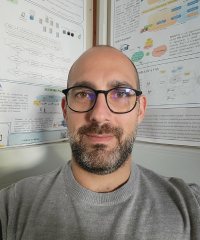
Christian Grasso
(University of Catania, Italy)
Bio: Christian Grasso is an Assistant Professor with the Department of Electrical, Electronic and Computer Engineering at the University of Catania. He received the Master’s degree (cum laude) in Telecommunications Engineering and the Ph.D. in Systems, Energy, Computer and Telecommunications Engineering at the University of Catania in 2017 and 2021 respectively. His research regards study and application of resource orchestration in 5G and beyond environments for creating and managing network slices using SDN, NFV, MEC and AI techniques in low and ultra-low latency demanding services, especially in the context of UAVs and FANET.
